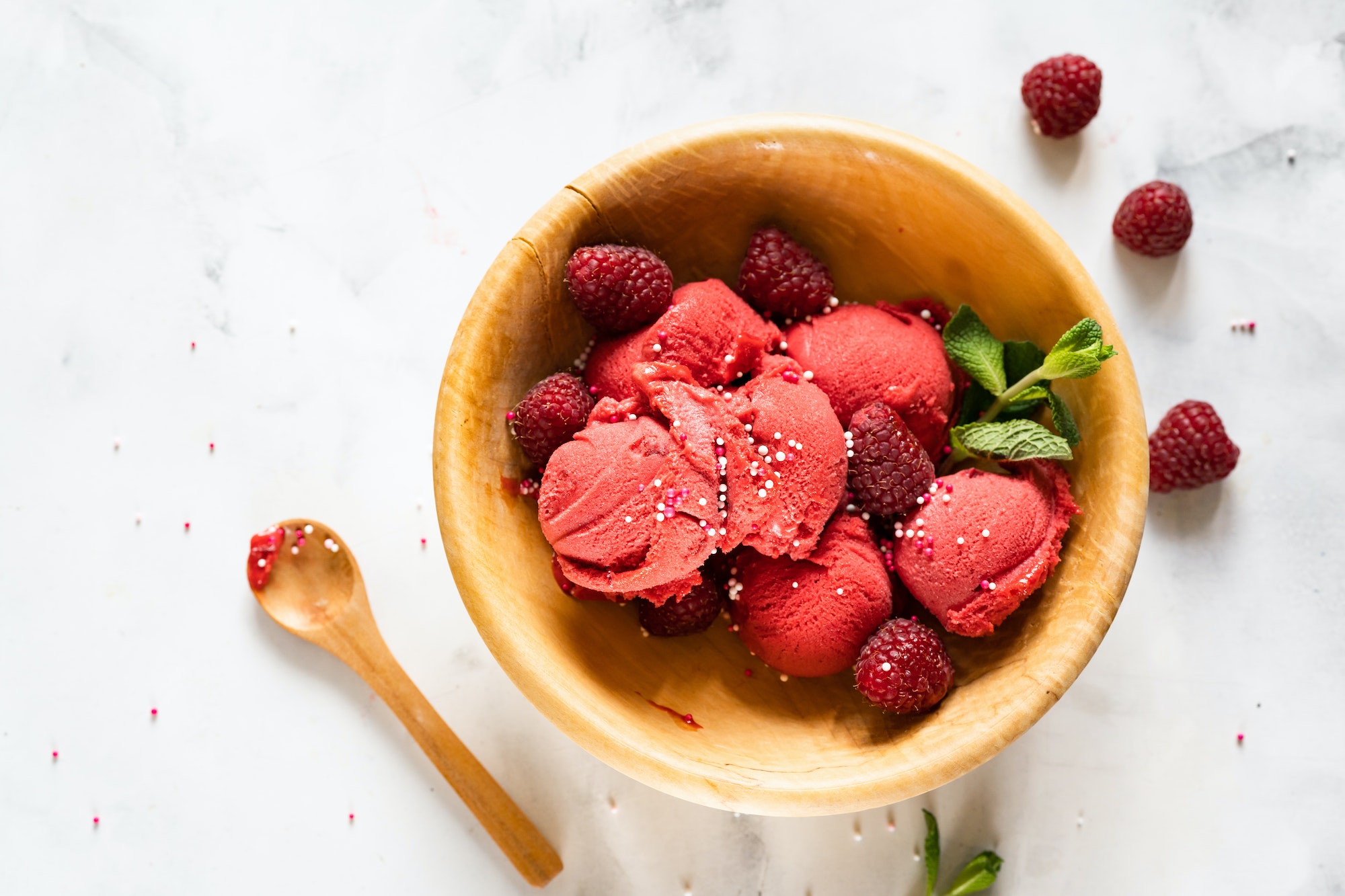In the world of gourmet food, presentation is crucial. The way a dish is plated can greatly enhance the overall dining experience and elevate the flavors and textures of the ingredients. One aspect of gourmet food plating that is often overlooked is the use of contrasting temperatures and cooking techniques. By incorporating these principles, chefs can create visually stunning, delicious dishes that engage all the senses.
Contrasting temperatures play an important role in creating a balanced dish. Hot and cold elements can complement each other by providing different sensations on the palate, enhancing the overall flavor profile. For example, a cold, tangy sorbet can be paired with a warm fruit compote to create a refreshing and satisfying dessert. This contrast in temperature not only adds depth to the dish but also creates a dynamic dining experience that keeps diners engaged with their meal.
Similarly, using contrasting cooking techniques can also add complexity and depth to a dish. Techniques such as grilling, poaching, frying, and roasting can each impart unique flavors and textures to ingredients. By combining these techniques in a single dish, chefs can showcase their culinary skills and create a truly memorable dining experience.
A classic example of this principle is surf and turf, where grilled or seared steak is paired with tender poached or steamed seafood. The combination of these different cooking methods creates a harmonious blend of flavors and textures that is both satisfying and visually appealing.
To incorporate contrasting temperatures and cooking techniques into gourmet food plating, chefs must carefully consider the overall composition of their dishes. Each element should be thoughtfully chosen to ensure that it complements the other components on the plate while still maintaining its own distinct identity.
Color is another important consideration when plating gourmet dishes. Using contrasting colors can help to create visual interest on the plate, drawing diners’ eyes to each individual element. This can be achieved by pairing brightly colored ingredients with more muted or monochromatic components or by using garnishes and sauces to add pops of color.
Texture is another key aspect of gourmet food plating that can be enhanced through the use of contrasting temperatures and cooking techniques. By combining ingredients with different textures, chefs can create a more engaging and dynamic dining experience. For example, a smooth, velvety soup can be paired with crunchy croutons or a crispy garnish to create contrast and add interest to the dish.
In addition to temperature, cooking technique, color, and texture, chefs must also consider the overall balance of their dishes. The flavors, textures, and visual elements should all work together harmoniously to create a cohesive and satisfying dining experience. This may involve adjusting the seasoning, portion size, or arrangement of ingredients on the plate to achieve the desired effect.
One final principle of gourmet food plating is the concept of negative space. Leaving open areas on the plate allows each element to stand out and be appreciated individually while also contributing to the overall aesthetic of the dish. This can be achieved by carefully arranging ingredients in an intentional manner or by using simple garnishes such as microgreens or edible flowers to fill in gaps without overcrowding the plate.
By incorporating contrasting temperatures and cooking techniques into their dishes, chefs can create visually stunning, delicious meals that engage all the senses. By considering factors such as color, texture, balance, and negative space, they can elevate their food plating skills and provide diners with a truly memorable gourmet dining experience.

